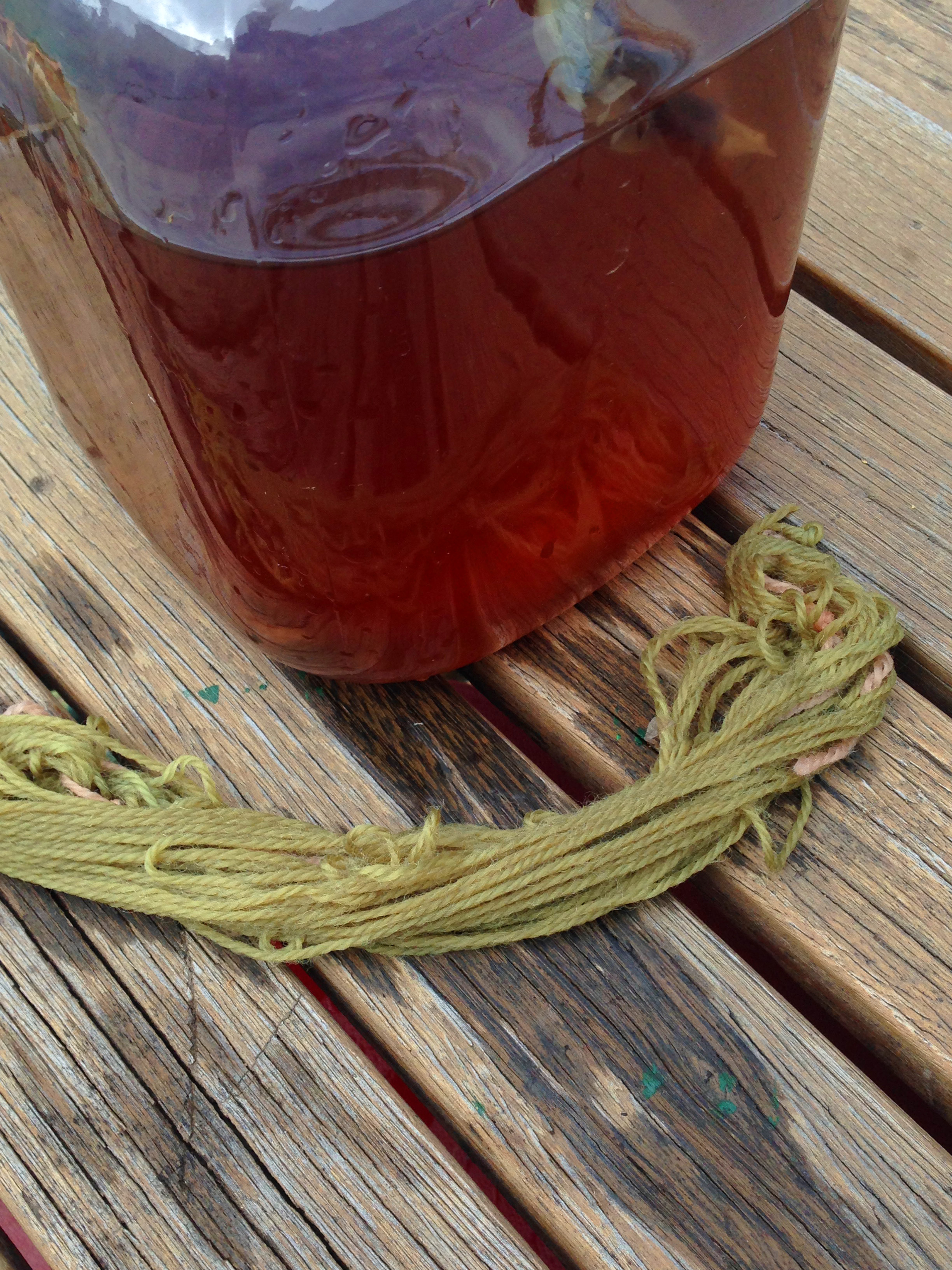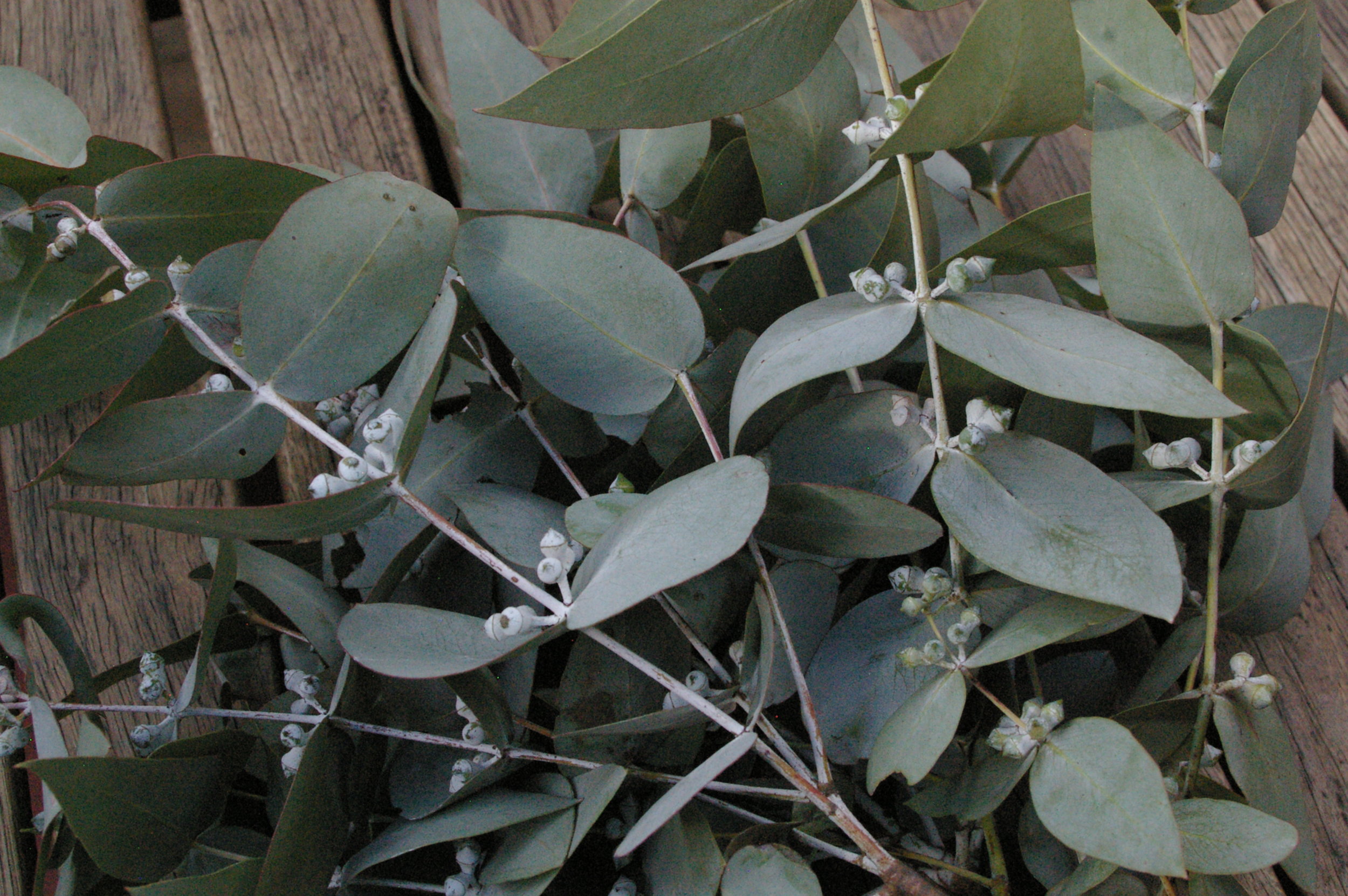New experiments with natural dye..
With the return of the sun and the warmer weather, I have returned to experimenting with some dyes!
COMING SOON
Eco-printed handmade textiles....
"Quiet a few exotics here but rest assured the natives are getting a look in, watch this space for more on that score shortly".
Dabbling in the exotic- Alkanet and Sappen Wood
I ordered both these dyes online, as I was interested to try these ancient dyestuffs. The processes and the colours for both intrigued me so I had to try it out.
The Alkanet root is in powder form and must be pre-soaked in alcohol to release the colour because it is not water soluble.
Lavender (Alum), Gunmetal Grey (Iron)
I did two samples of 30 grams of wool; one with alum as the mordant and one with iron. I soaked the alkanet powder, about 10gms in some methylated spirits for a few days beforehand.
Both samples were simmered for approx 30 minutes or until the colour was taken up.
I think that I needed to up the amount of alkanet powder for the amount of yarn I used to achieve stronger colours.
1.Dark Violet gray with Iron, 2. Flesh pink with alum, 3-4. soft rosy pinks alum with soda ash.
Sappan wood or Brazilwood is a dye from the heartwood of the tree. Chalk (calcium carbonate) can make a difference to the colour that this dye produces. No chalk will result in shades of orange, while adding chalk to the dye bath will result in pinks, reds to crimson. It is sensitive to the PH of the water; acids (vinegar or citric acid) will make the colour more orange and alkalis (soda ash) will give you blue reds, crimsons and purples. The addition of Iron will shift to colour towards lavenders.
I did not have any chalk handy so I used quickeze tablets for settling upset tummies as a substitute as the main ingredient is calcium carbonate.
I did four samples- (pictured above from left to right)
- 1 quickeze tablet, 1/4 teaspoon iron
- 1 quickeze tablet, 1/4 teaspoon alum, simmer approx. 30 minutes.
- 1 quickeze tablet, 1/4 teaspoon alum, 1 teaspoon soda ash, simmer approx. 30 minutes.
- The fourth sample was the same as the third only I soaked it for 24 hours instead of boiling. The resulting colour was slightly brighter than sample 3.
Native Ballart Cherry Solar Dye
I have experimented a bit with the native Ballart cherry, but never using solar dye as my process. The results were surprising and promising.
- Place leaves in a glass jar with 50 grams of wool. Cover with boiling water, add 1/4 a teaspoon of alum. Leave in full sun for approximately 1 week.
- Place leaves in a glass jar with 50 grams of wool. Cover with boiling water, add 1/4 a teaspoon of iron. Leave in full sun for approximately 1 week.
So the results are a beautiful warm dark yellow and a dark cedar green!
A Tiny Experiment with Iris flowers and Solar Dye
I am not overly interested in using exotics for my dyeing but I was seduced by the bright purple flower heads in my garden and curious as to what I'd get. What I ended up with was not what I anticipated! The water after a day or so was quite purple as expected then it started to turn to a reddish purple.
- Remove flower heads from foliage, place in a glass jar with boiling water and leave in full sun for a week.
- Remove flower heads and add 10 grams of wool and a small amount of alum, leave in sun for a further week.
The result after the week were a soft lichen green.
Back on the Dark Side- Avocado Pits
This is my first time dyeing with avocado pits, as with the Iris flowers these are exotic but I can see a lot of potential here, just for fun!
10 avocado pits per 100 grams of wool, add a 1/4 teaspoon iron
I simmered for 1/2 an hour, then sprinkled a pinch or two of soda ash over the wool, but I did not stir, this will produce pink speckles where the soda ash sits on the yarn.
I ended up with a soft lavender yarn with a very random salmon pink speckle running through it. Quite lovely, very subtle colours.
Further investigation needed, I want to see how far I can push the salmon pinks to burgundys and the mauves to purples. For that I'll need loads of pits!!
Wet on the washing line, and dry in a hank.































